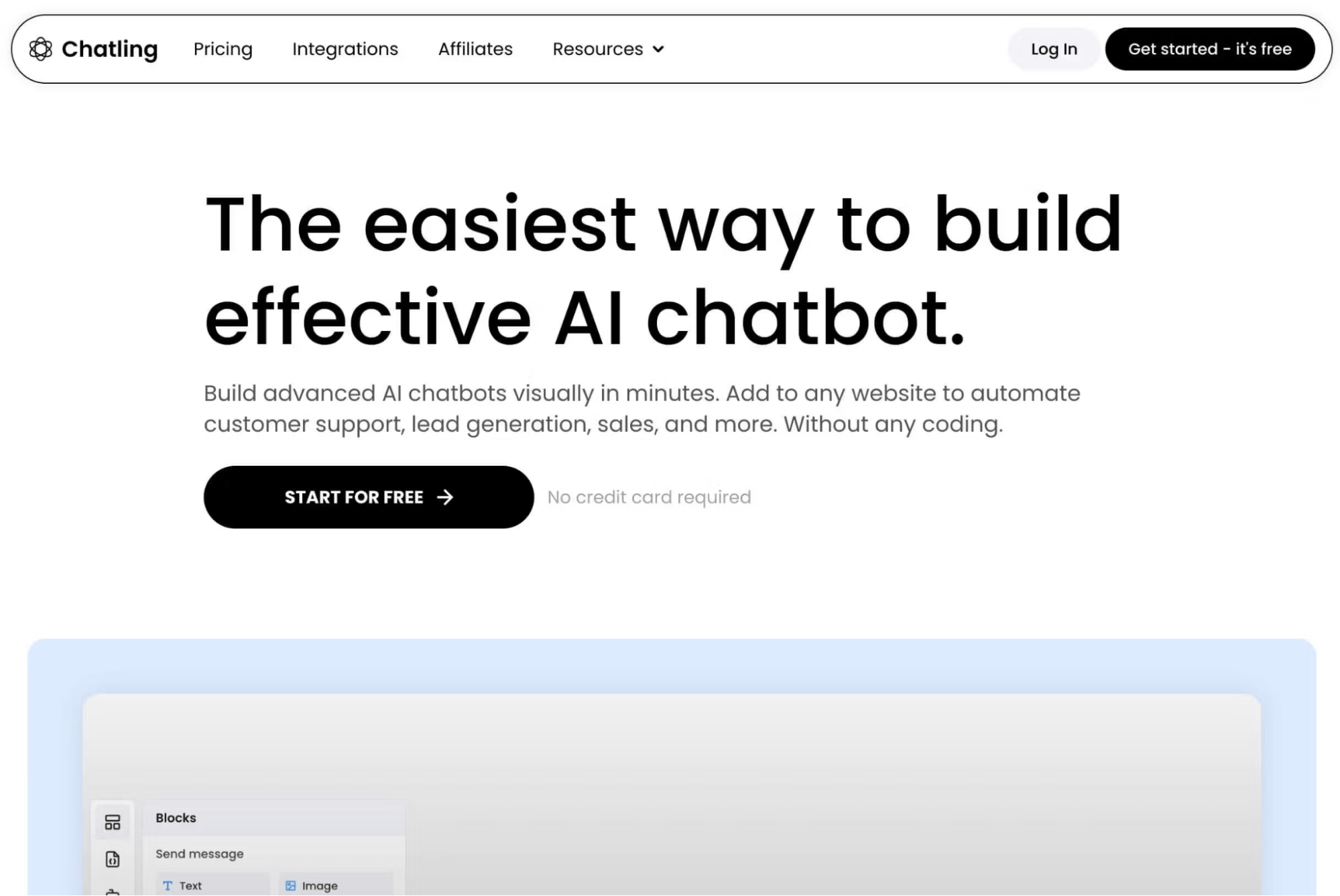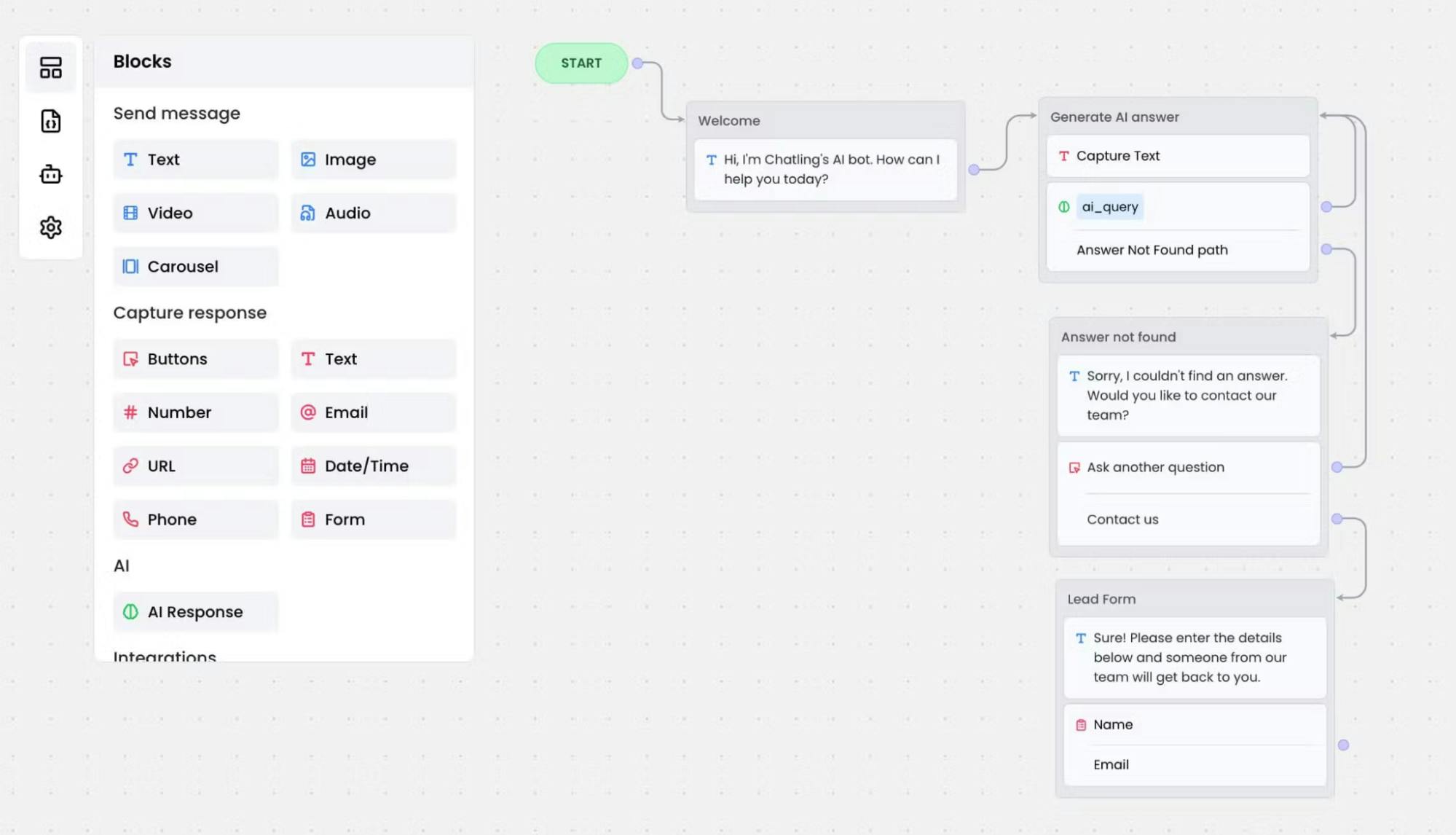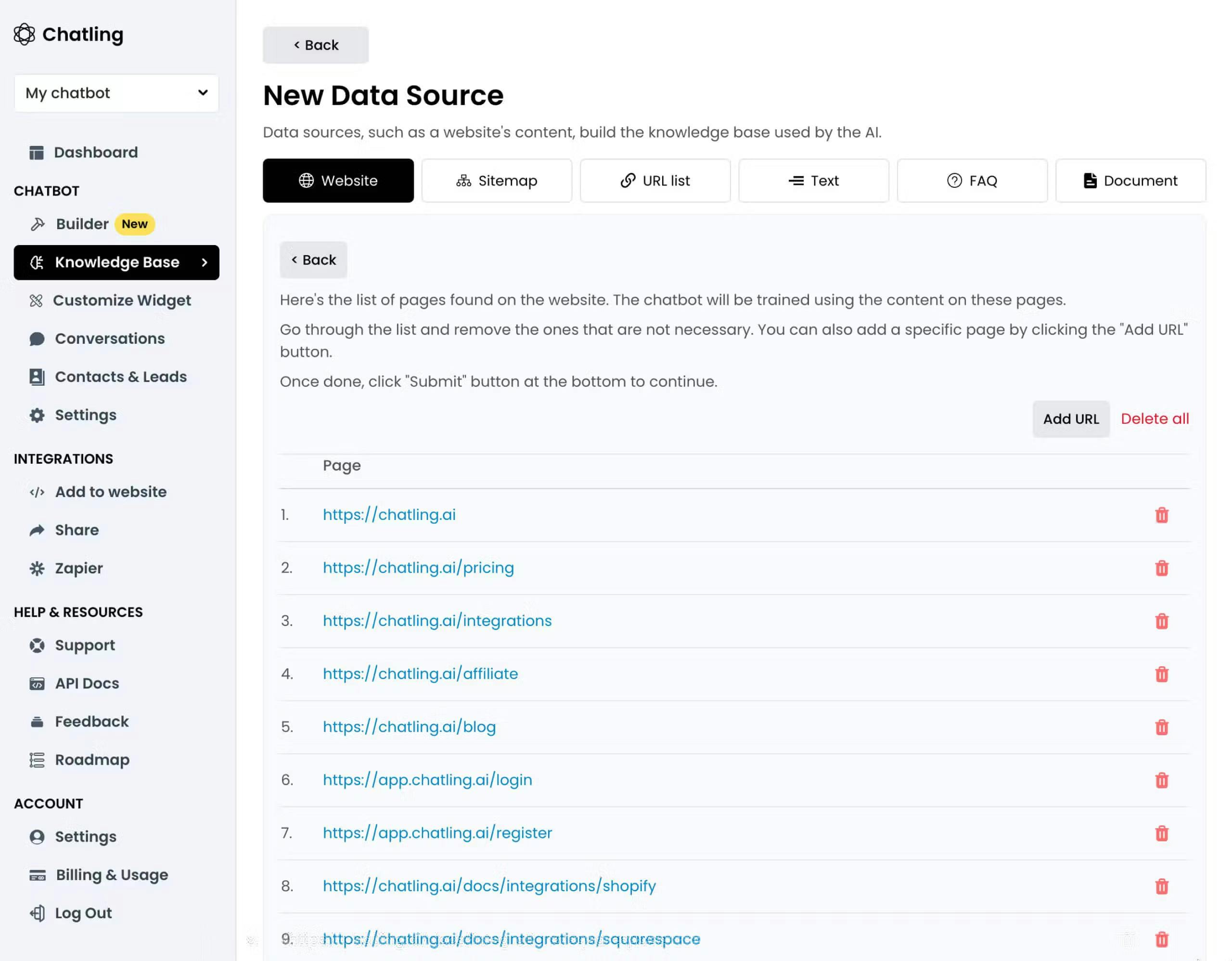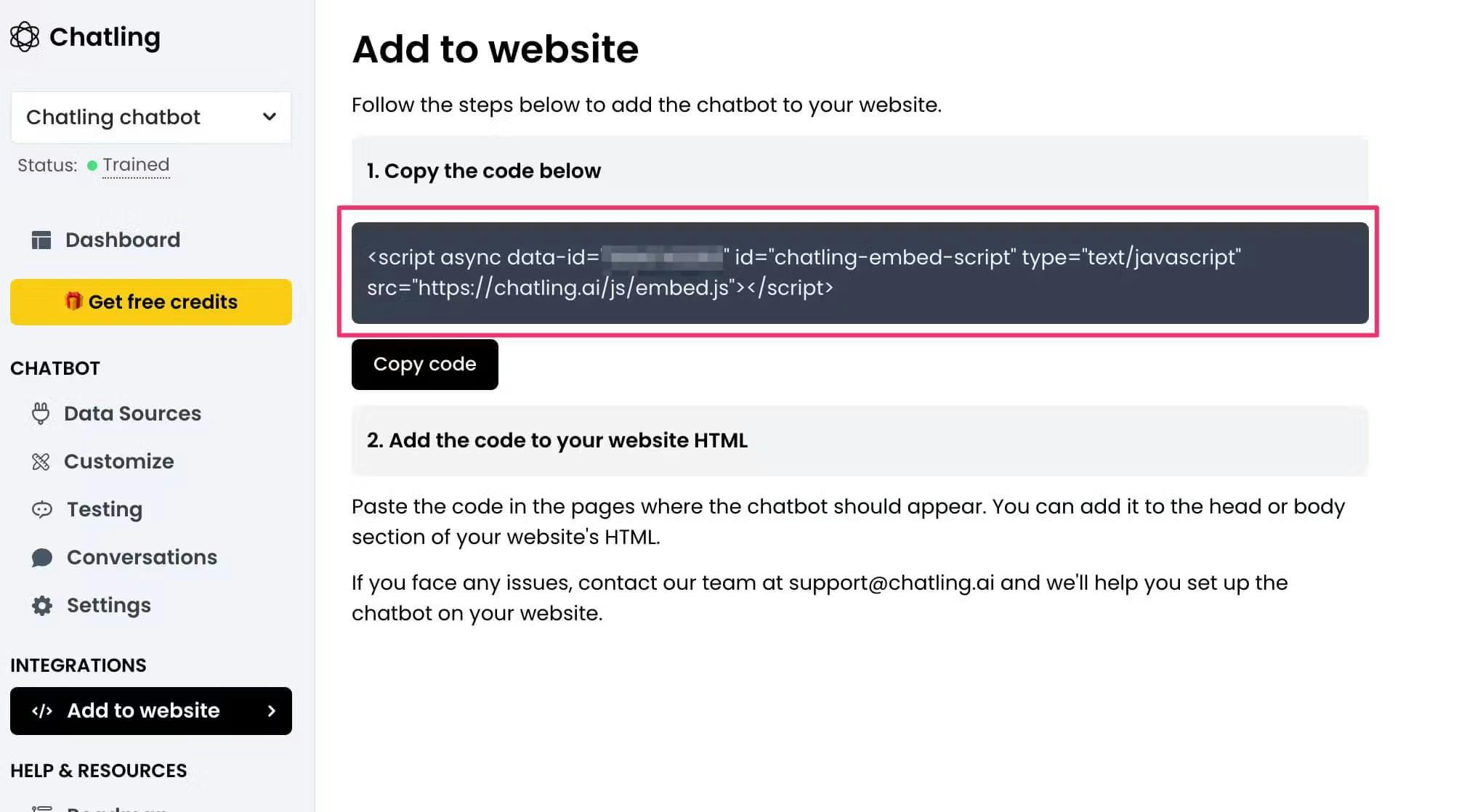Quick Summary
A marketing automation chatbot can revolutionize your marketing strategy by automating lead generation, engagement, and customer support. This article explores how these chatbots function, the benefits they offer, and how to implement one to improve efficiency and boost engagement. For more insights, explore our blog.
Unlock the Power of Marketing Automation Chatbots for Your Business
Imagine a tool that works tirelessly around the clock, engaging with customers and automating key marketing tasks without requiring constant human intervention. This is where a marketing automation chatbot comes in. With its ability to capture leads, answer questions, and send targeted messages, it ensures your business communicates more effectively with customers at every stage of their journey.
In this Chatling article, we’ll explain what marketing automation chatbots can do for your business, the key benefits they offer, and how you can integrate them into your marketing strategy to streamline operations.
Why Trust Us?
At Chatling, we specialize in AI-driven chatbot solutions that automate marketing workflows, making them more efficient and effective. Our platform has helped businesses across industries simplify customer interaction, save time, and improve lead generation and nurturing efforts. We understand the complexities of marketing automation and are dedicated to helping you implement the right solutions.

What Is a Marketing Automation Chatbot?
A marketing automation chatbot is an AI-powered tool designed to handle repetitive marketing tasks. It integrates with your website and marketing platforms to interact with customers, answers queries, capture leads, and nurture them through automated workflows.
For example, it can guide visitors through your product offerings, collect email addresses for newsletters, or send follow-ups after a campaign. With Chatling, you can customize a chatbot to align perfectly with your marketing goals.
Marketing Automation Chatbot vs. Email Marketing Automation
While both tools serve to automate parts of your marketing process, they operate differently and have distinct advantages:
Marketing Automation Chatbot:
- Engages with customers in real-time via direct conversations.
- Captures leads instantly and qualifies them based on specific criteria.
- Provides personalized experiences by tailoring responses based on user data.
Email Marketing Automation:
- Sends scheduled emails to large groups based on predefined segments.
- Focuses on nurturing leads through automated email sequences.
- Relies on one-way communication and is limited in real-time interactions.
The primary difference is that chatbots offer real-time engagement and immediate feedback, while email marketing automation works through batch email campaigns that require no immediate responses.
Benefits of A Marketing Automation Chatbot
- Instant Engagement: Marketing automation chatbots provide immediate responses, engaging potential customers right when they visit your site. This reduces delays and increases conversion rates by maintaining customer interest from the start.
- Effortless Lead Qualification: Chatbots automatically gather key information and qualify leads based on predefined questions. This helps prioritize high-quality prospects, streamlining your sales process.
- Tailored Experiences: By analyzing user data, chatbots offer personalized recommendations and promotions, guiding customers with tailored content that aligns with their preferences and behavior.
- Round-the-Clock Service: Your chatbot works 24/7, answering questions and keeping visitors engaged at any time, without needing extra staff, ensuring continuous customer interaction.
- Smart Follow-Ups: Chatbots automatically follow up with leads, sending relevant messages based on previous interactions. This helps nurture leads and keeps them progressing through the sales funnel.
How to Add a Marketing Automation Chatbot with Chatling
Step 1: Define Your Chatbot’s Purpose
To get started, decide what role the chatbot will play on your website. Think about the common questions visitors ask or challenges they face. Will it be used for lead generation, product recommendations, or customer support? Establishing clear objectives will help you design the chatbot to effectively address those needs, creating a seamless user experience.
Step 2: Select the Right Platform
Choose a chatbot platform that integrates well with your existing tools and systems. Look for one that supports scalability and future growth. Chatling, for example, offers seamless integration with WordPress and can be customized to meet your specific needs.

Step 3: Design Your Conversation Flow
Plan the chatbot’s conversation structure. Focus on its core objectives—whether it's capturing leads or offering product support. Build a natural, engaging conversation flow that guides users to their goals efficiently. Simple language and clear steps are key. Also, include fallback responses for situations where the chatbot doesn’t understand the query.

Step 4: Build and Train the Chatbot
Once your conversation flow is set, it’s time to train your chatbot. Provide it with diverse sample conversations to improve its accuracy in responding. Regularly review its performance to ensure it keeps improving in understanding natural language. Additionally, configure integrations with tools like CRMs or knowledge bases if needed.

Step 5: Implement the Chatbot on Your Website
After building and training the chatbot, integrate it into your website. For most platforms, simply copy the provided embed code from Chatling and paste it into the header or body section of your website’s HTML. Test the chatbot to ensure smooth functionality.

Step 6: Monitor and Optimize
Once your chatbot is live, track its performance. Look at analytics to see how it’s engaging with visitors, and review conversations for areas of improvement. Use this data to continuously tweak and optimize the chatbot’s responses for better accuracy and effectiveness.
Step 7: Ongoing Support and Updates
A chatbot requires regular maintenance and updates to stay relevant. Incorporate feedback from users, stay informed about new chatbot technology, and ensure the chatbot evolves to meet changing business needs.
By following these steps, you can successfully integrate a marketing automation chatbot into your website, improving customer engagement and streamlining operations.
Maximize Efficiency with Marketing Automation Chatbots
A marketing automation chatbot can be the game-changer your campaigns need. By streamlining repetitive tasks, engaging users, and qualifying leads, it ensures your team can focus on strategy and creativity.
With Chatling, setting up a marketing automation chatbot is simple, effective, and scalable. Don’t miss out on the opportunity to transform your marketing efforts.
Sign up for Chatling today and start building smarter campaigns!
